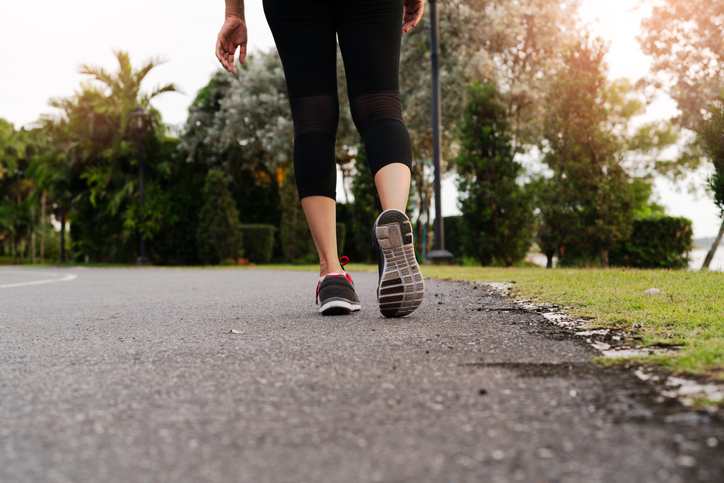Often when providers ask their patients if they engage in regular activity, they respond affirmatively. When asked to describe their exercise routine some patients begin to report various activities that they pursue through the course of their day. While other times, they respond that they get a lot of exercise as a result of their employment which involves being on their feet all day, such as with a sales associate, carpenter, or factory worker.
Engaging in physical activities on a daily basis is important when self-managing chronic pain as it is beneficial in fostering improved coping as well as it provides meaningful focus away from pain and focuses attention on other pursuits that have value in life. Other benefits include: improves self-esteem by helping us to feel good about ourselves when we are productive in some way, provides sources of self-definition (other than by our occupation, hobbies, and roles in the family), brings a sense of happiness and fulfillment when we pursue activities that we value, and dispels the belief that chronic pain is a sign of injury and frailty.
Empirical research shows that physical activity, along with its concomitant psychological stimulation, seems to change how the brain and spinal cord process signals from nerves in the body that could ordinarily be turned into pain (Naugle, et al., 2017). Given this, one can conclude that those who maintain regular, stimulating physical activity tend to have less pain than those who remain passively inactive.
Of course, everyone should follow the recommendations of their own healthcare providers, since each person’s health conditions can be different. However, a common form of activity that is typically important for the management of chronic pain is mild, low-impact aerobic exercise such as; walking, biking (on land or stationary), walking or swimming in a pool. These activities are typically mild on the joints so they are not rigorous and most people with chronic pain can begin engaging in one of these types of activities for at least a limited amount of time. Nonetheless, these activities elevate the heart rate, which is important and what makes them aerobic in nature, but this is also what makes these activities into a form of exercise.
Remember: aerobic exercise (to get the full benefits) must be done on a regular basis over time. If done once or twice or only once in a while it doesn’t have the previously described effect. A rough rule of thumb would be to engage in some type of mild aerobic exercise three to four times weekly on a continuous basis and after a few weeks, you more than likely will see some difference in pain levels.
ROME WASN’T BUILT IN A DAY
When starting out, you can do too much and as a result flare up your pain. Start slow and with a limited amount of time for each instance of whichever exercise you choose. Keep in mind there is no hard and fast rule to follow, but a combination of consultation with your healthcare providers and common sense can go a long way. At Strive our healthcare provide and team of a physical therapists will work together in a team effort to assist you in finding a form of mild aerobic exercise that works for you.
Naugle, K. M., Ohlman, T., Naugle, K. E., Riley, Z. A., & Keith, N. R. (2017). Physical activity behavior predicts modulation in older adults. Pain, 158(3), 383-390. doi: 10.1097/j.pain.0000000000000769
Kroll, H. R. (2015). Exercise therapy for chronic pain. Physical Medicine & Rehabilitation Clinics of North America, 26, 263-281.




